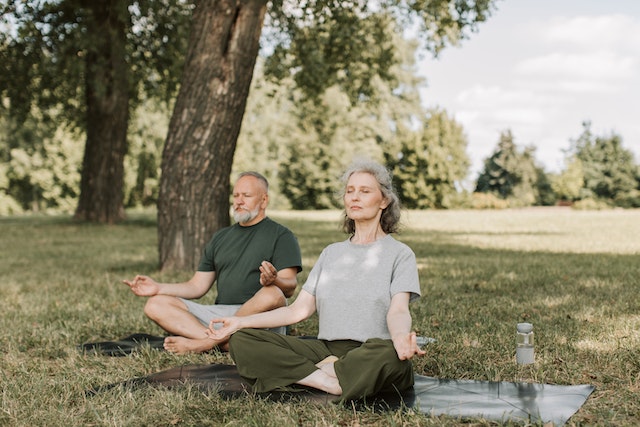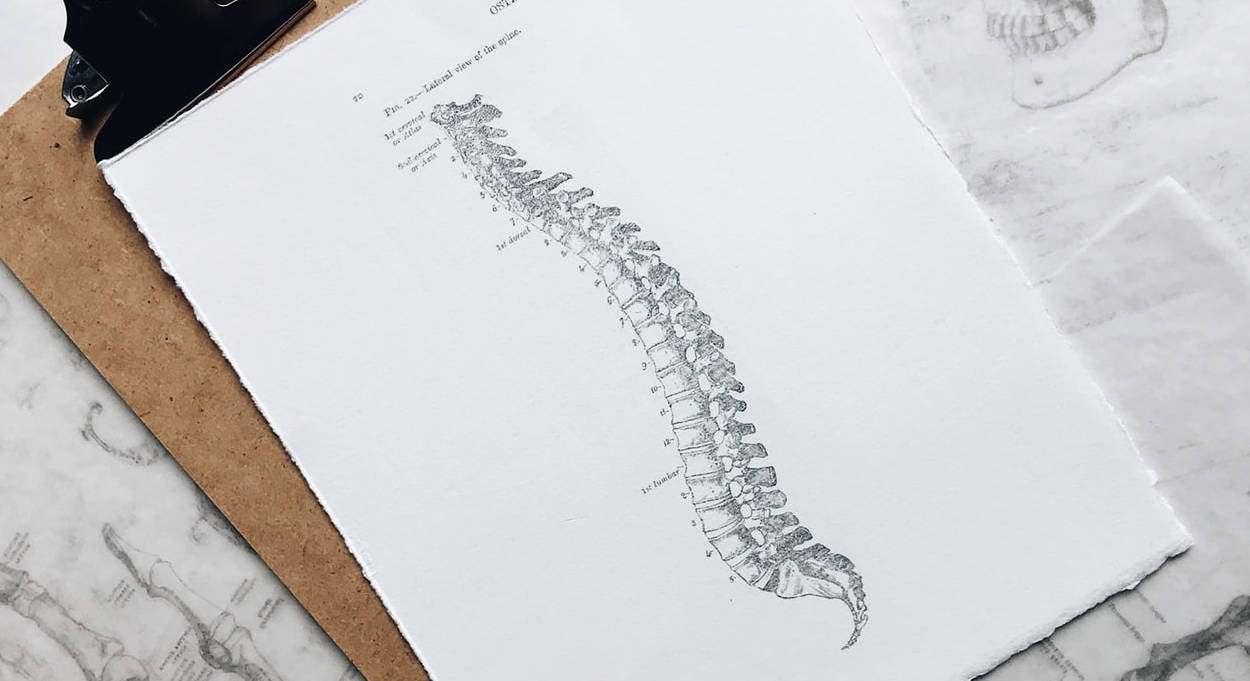How are Breathing and Posture Connected?
Good posture is paramount for overall health and well-being, exerting a profound influence on both our physical and mental health. It serves as a fundamental aspect of daily life with far-reaching implications. Proper posture significantly benefits musculoskeletal health by ensuring an even distribution of forces on muscles and joints, thereby preventing issues like back pain, neck pain, and chronic conditions like scoliosis.
More Reasons Why Posture is Important to Our Health
Additionally, posture plays a vital role in the optimal functioning of our internal organs, enhancing lung capacity and digestion while minimizing discomfort. By maintaining correct posture, we proactively ward off chronic pain, such as herniated discs and headaches, and bolster our emotional well-being, as good posture has been linked to increased confidence and reduced stress. Furthermore, it fosters heightened energy levels, improved productivity, and enhanced cognitive function, driven by the brain’s increased access to oxygen. Importantly, good posture also holds long-term health benefits, helping to prevent spinal deformities, mobility issues, and fall-related risks, especially among older individuals.
Breathing Impacts Posture. Here’s How:
Breathing and posture are intricately connected, with each influencing the other in significant ways.
Diaphragmatic Breathing: Proper posture is often associated with diaphragmatic or deep breathing. When you take deep breaths that engage the diaphragm, you naturally straighten your spine and lift your chest. This promotes an upright posture by engaging the core muscles and supporting the alignment of the spine.

Ribcage Expansion: Deep breathing also involves the expansion of the ribcage. As you inhale deeply, your ribcage expands outward and upward, which naturally encourages an open and erect chest. This expansion helps maintain the ideal alignment of the spine and shoulders.
Engaging Core Muscles: Breathing correctly engages the core muscles, including the diaphragm, transverse abdominis, and pelvic floor muscles. These muscles play a crucial role in stabilizing the spine and maintaining proper posture. When they are activated during breathing, they help support the spine’s natural curves.
Reducing Tension: Shallow or improper breathing patterns, often associated with poor posture, can lead to muscle tension and stiffness in the neck, shoulders, and chest. By practicing deep, mindful breathing, you can release this tension and gradually improve your posture.
Postural Feedback Loop: Posture can also affect your breathing. Slouching or hunching compresses the chest and limits the lung’s ability to expand fully. This can lead to shallow breathing, which may result in decreased oxygen intake and less efficient removal of carbon dioxide. Over time, this can negatively impact your energy levels and overall health.
In summary, proper breathing techniques, such as diaphragmatic breathing, can actively support good posture by engaging core muscles, expanding the ribcage, and reducing muscle tension. Conversely, maintaining good posture can facilitate more effective and efficient breathing, creating a positive feedback loop that benefits both your physical health and overall well-being.
Sources:
Medium.com
physio-pedia.com
nhlbi.nih.gov
openai.com







